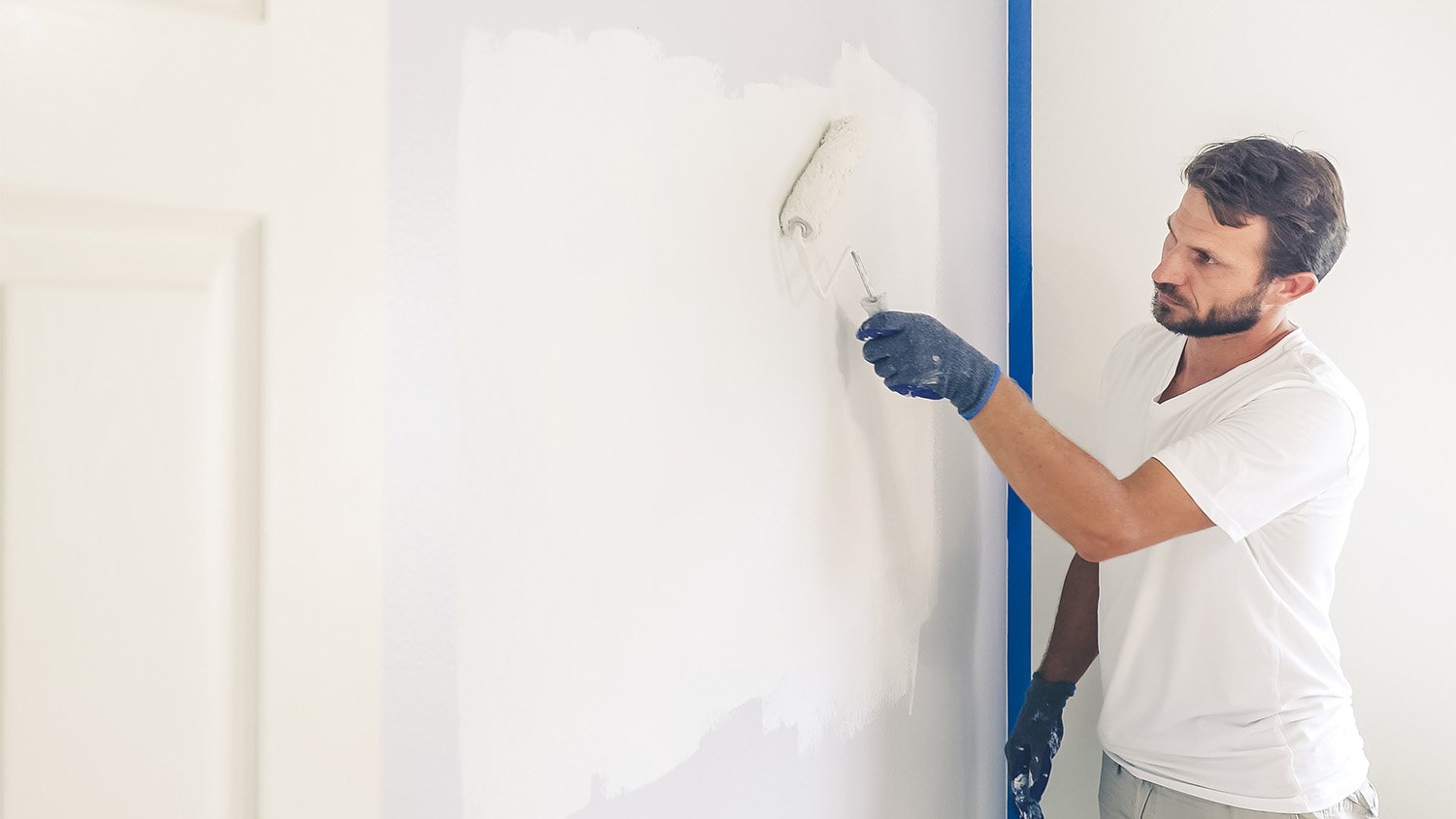Does a Painting Estimate Really Matter?
A painting estimate helps you get the results you want at price you love
Painting estimates help you and your painter understand the details of the project.
An estimate describes the project’s details, including the types of paint used and work hours needed.
Reputable paint companies share client referrals, train their employees well, and have business insurance.
Professional painters generally charge $20–$50 per hour.
After daydreaming about your freshly painted home with carefully chosen colors, thinking about a painting estimate doesn’t seem nearly as fun—but an accurate and detailed estimate is the ticket to loving your new hues for a long time.
Learn why you need an estimate, what it should spell out, and how to find a painting company that wants to write an estimate that works for you.
Why Do I Need a Painting Estimate?

Because no two painting projects are the same, an estimate is a helpful communication tool for you and the painter. For example, you might think painting your living room a beige color is a quick and simple job, but a local interior painter could point out the prep work and other details you didn’t consider, such as fixing blemishes like nail pops and water stains. A well-written estimate includes the points you’ve shared with the painter, like specific trim and ceiling colors, or if you want to add the room’s door color to the project.
Simply put, a painting estimate puts everyone on the same page. It clarifies your expectations and it documents that your painter understands exactly what you want.
Consider Your Budget
Before you hire a painting contractor, pull together some budget numbers. Knowing what you can afford and letting your painter know before they create the estimate avoids misunderstandings and disappointment. Keep in mind that other factors like complexity and material quality vary from project to project and could increase these prices.
A gallon of paint costs between $15–$40.
Professional painters generally charge $20–$50 per hour.
The average home painting project costs $2–$6 per square foot.
What Does a Painting Estimate Include?

There are many individualized factors that painters use to calculate an estimate. Talk with your painter about what they usually add and tell them anything else you’d like to see. A standard estimate should address most of these categories.
Prep Work Needed
Does your painter suggest any repairs like nail holes or surface cracks?
Products and Materials
Your painter should list paint products (and possibly a quality range) and tools they’ll need to buy. Don’t be afraid to ask the painter to document the exact color and manufacturer on the estimate, so there’s zero confusion.
Scope of Work
This details exactly what the painter will accomplish, from prep work to painting the walls, ceiling, and other areas like a stairwell if you need it.
Labor
Who works on the project? Are there different crew members that prep and others that paint? Will an entire team come, or will a single painter arrive?
Deadlines
Deadlines can be tricky for home improvement projects because of variables like weather or supply shortages, but your painter should be willing to commit to a working deadline you both agree to.
Payment
The estimate should let you know about dates for a deposit (full payment before the project is over is a red flag you should think twice about) and final payments. They’ll also let you know about accepted payment types like credit cards.
What to Look for Before Hiring a Painting Company
If you research the top painting companies near you before getting estimates, you’ve won half the battle. Reputable companies are eager to provide an accurate and detailed estimate. It saves them time and frustration in the long run. Remember, you don’t have to hire a company just because they gave you an estimate; it isn’t a contract.
Here’s how to find a painting company you can trust.
References
Start with references from your friends and family. Then, if you want more information, contact the company and ask for their list of clients that you can call.
Hiring Practices
Ask the company about their hiring practices, like background checks and drug testing. You can never be too careful about who has access to your home.
Experience and Training
What kind of training do they provide their crew? If the company invests in teaching current painting techniques, testing new products, and regularly reviewing safety measures, you can bet they’re also concerned with making their clients happy.
Insurance
Insurance not only protects the painting company, but it also protects you, the homeowner. So it’s a good idea to ask about their coverage so you won’t be liable if there's an accident in your home.
Lead Safety Certification
If your home was built before 1978, there’s a chance someone used lead paint in the past. If your project involves disturbing any walls, window sills, or doors (even the exteriors), the company needs an EPA Lead-Safe Certification or risk fines from the Environmental Protection Agency.
Professional Association Memberships
A painting company shows commitment to its trade and clients by becoming a member of organizations that encourage best practices. Ask about their memberships with common trade associations like the Painting Contractors Association and the National Association of the Remodeling Industry.





- How to Hire a Painting Contractor
- The Biggest Home Painter Pitfalls To Watch Out For
- How to Find a Professional Painter and Get an Accurate Paint Job Estimate
- What Should Painting Contracts Include? How to Hire a Painter
- How Much to Charge for Painting Jobs Big and Small: A Pricing Guide for Pros
- Do You Pay Painters Upfront for a House-Painting Job?
- Make a Splash on Your Home’s Exterior by Hiring the Best Painter
- Everything You Need to Know About Free Home Repair Estimates
- What to Look for in a Roofing Estimate
- Should I Show My Contractor My Insurance Estimate?










